Contrast is one of the essential features of home interior design. It can be created by selecting light and dark colours and using them in the same room. If you use dark colours on the walls and light colours on the furniture, it will significantly contrast colours in the room. Moreover, you can create a contrasting effect by applying colour contrast on the walls. You can paint three walls with light colours and the fourth wall with a darker colour or vice-versa.
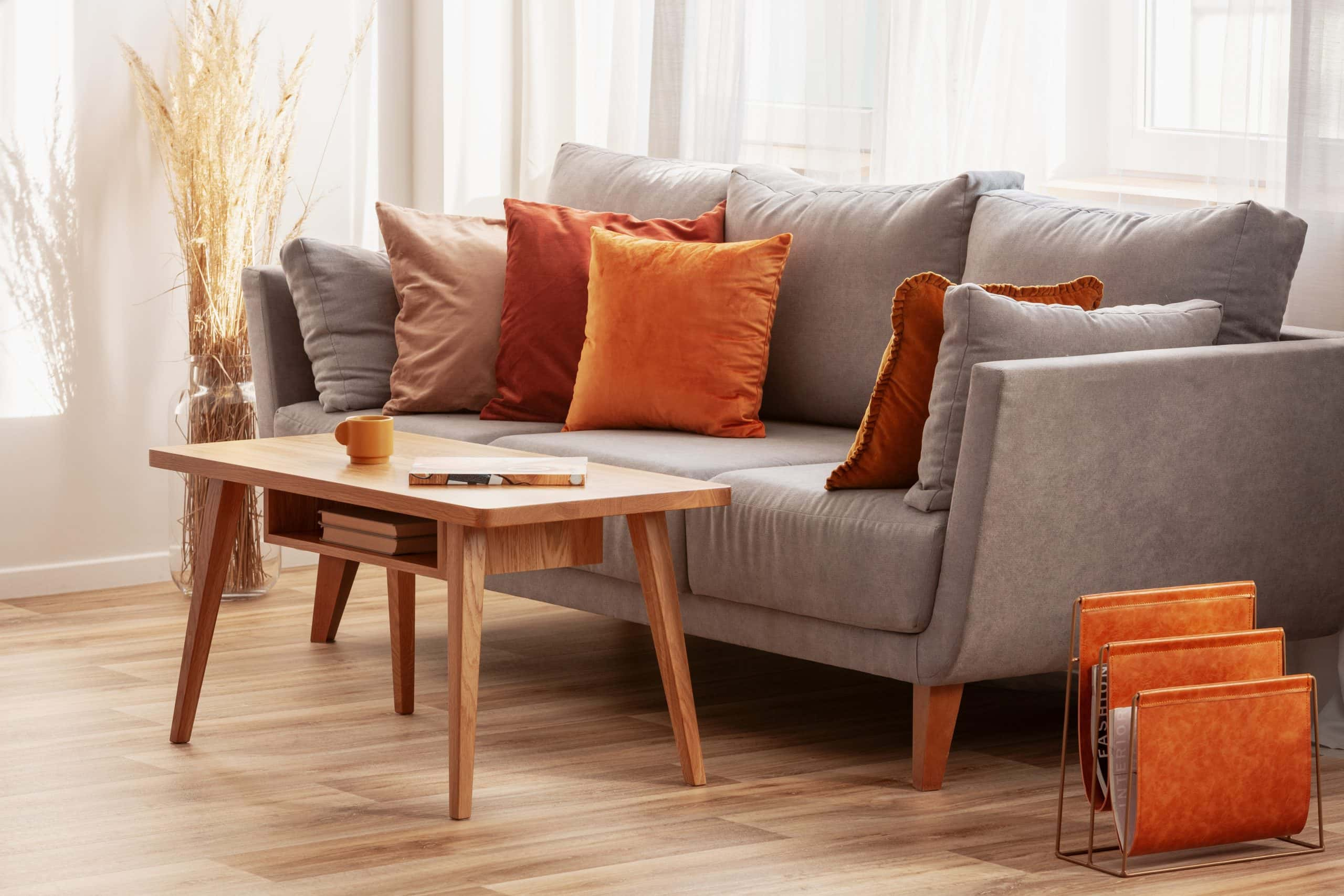
In a simple language, the contrast in interior design refers to colour combinations of darker and lighter shades. Contrast is when two or more elements are placed together such that their opposite characteristics become prominent. If the same colour is used for both the walls and the furniture, the room’s overall appearance becomes dull.
HomeLane is one such platform to access professional interior designers who can create dynamic compositions in your house based on the concept of contrast. Designers use many features to bring out a contrast in the rooms of your home. For example –


When you put contrasting textures or colours together, visual weight is added to space; this means that parts of your home interiors attract attention. The best way of doing so is by using two contrasting textures that are close to one another. Contrasting colours bring out the best home interior, whether walls or furniture, tiles or the ceiling.
Think of combining features of rough textiles under sleek furniture, textured lighting, and décor on smooth surfaces, a dark shade of colour on the main wall, or light coloured furniture in a room with dark walls. Besides this, you can choose to create colour contrast for your home interior by blending pieces made of wood and stone and pair them with metallic elements in the room. In the case of fabrics, you can pair up a patterned design with a simple solid colour.
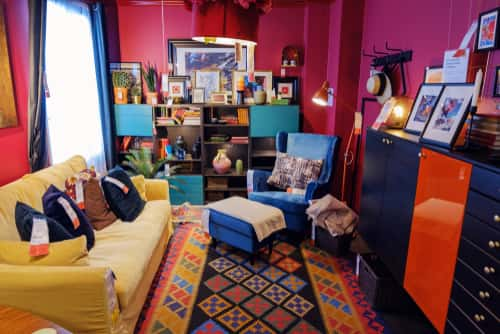
If you have finally decided to use colour contrast as your home’s main interior design feature, let’s put that wish to reality! The tricky part is to determine what colour combinations would suit best to your home. The easy way to do this is, choose one colour and then select the rest of the colours that will look good in contrast with it. If you already have the furniture, you can contrast the colour of the wall and vice versa. You can make colour combinations on your own, but the following combinations might help you decide.
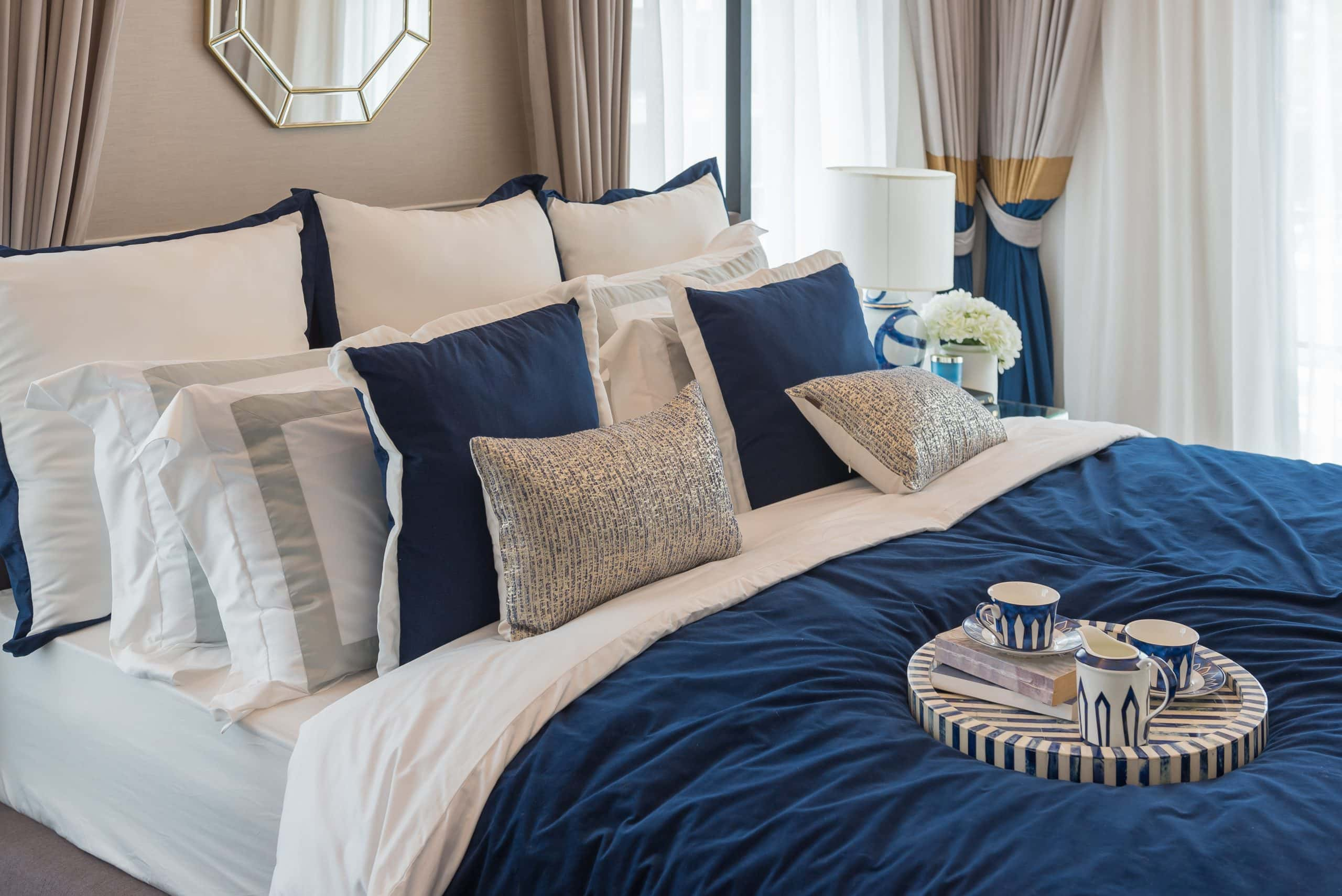
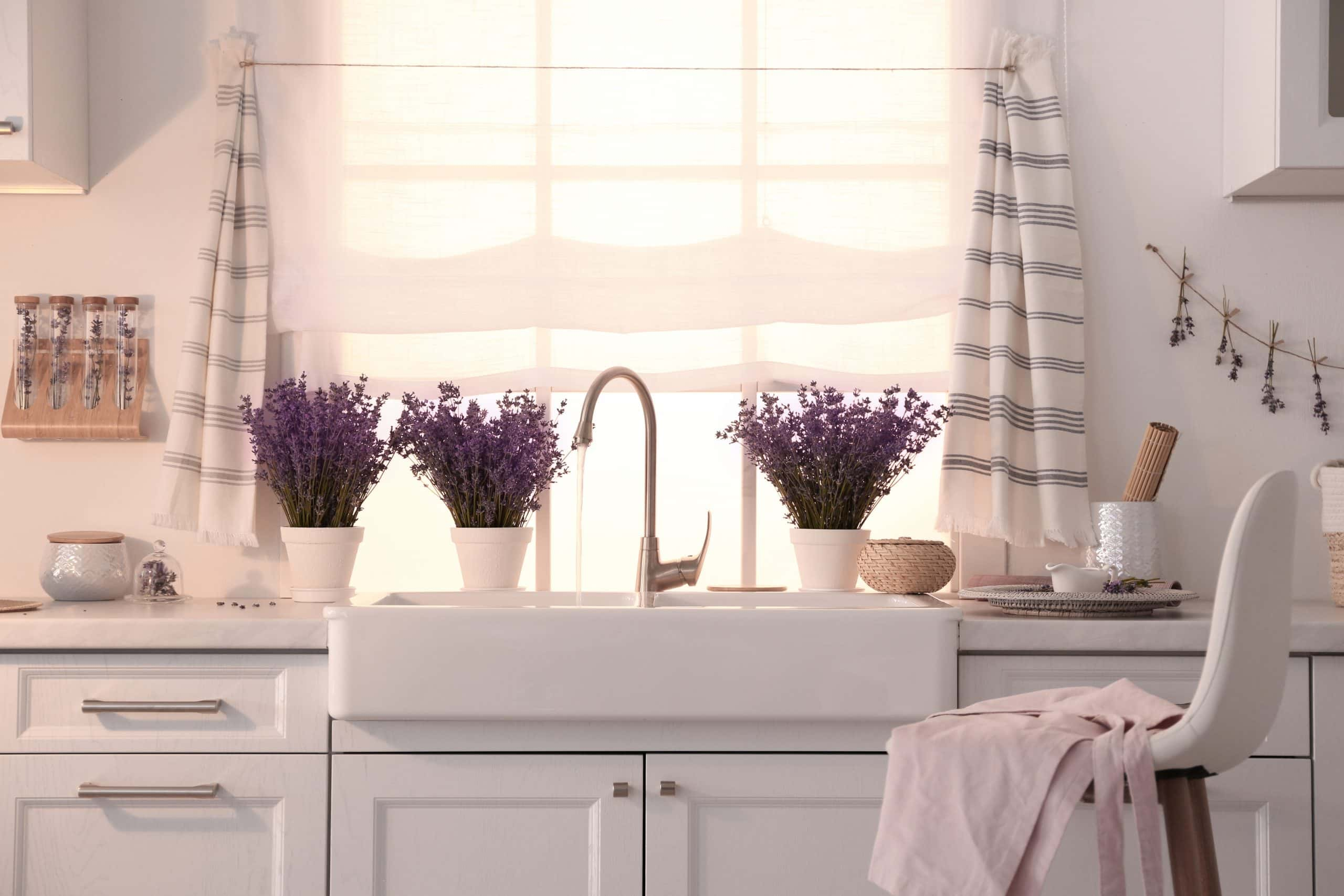
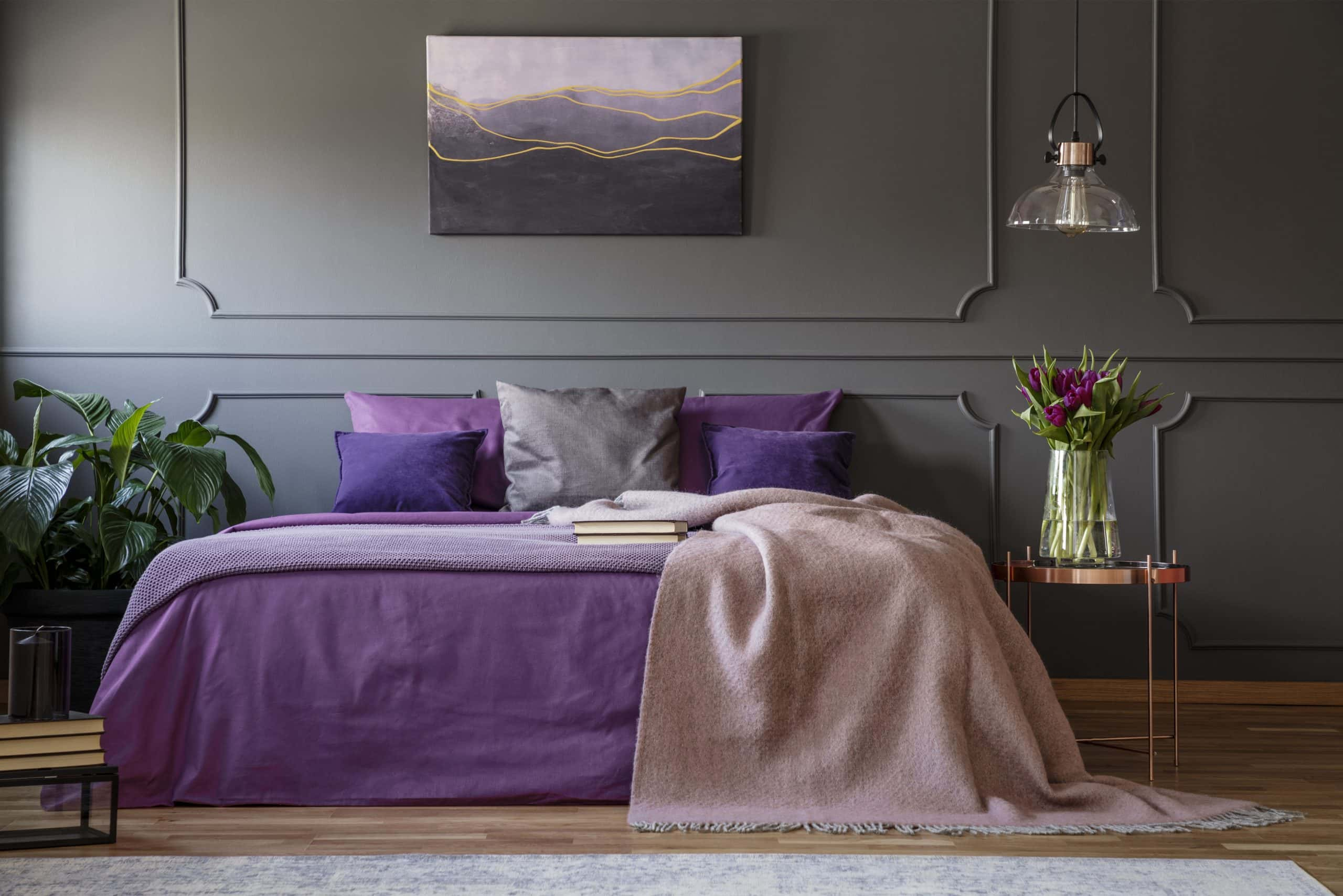
Adding contrast to your home interior is as important as buying paint or furniture. The striking look that the contrast effect provides to a room is entirely worth the investment. You can find out more about colour combinations on the HomeLane, where experts can provide you with professional tips and help you design your home interior.

 EXPLORE MORE
EXPLORE MOREExplore This Vibrant Bangalore Home That Revels in the Interplay of Patterns and Textures!
This Stunning Chennai Home Channels Nuanced Character and Tonality
Step Into This Minimal Chennai Home, and Get Wrapped in Comfort!
This Compact Chennai Apartment Is an Ode to Smart Design and Functionality!
 EXPLORE MORE
EXPLORE MOREExplore This Vibrant Bangalore Home That Revels in the Interplay of Patterns and Textures!
This Stunning Chennai Home Channels Nuanced Character and Tonality
Step Into This Minimal Chennai Home, and Get Wrapped in Comfort!
This Compact Chennai Apartment Is an Ode to Smart Design and Functionality!
By submitting this form, you agree to the privacy policy and terms of use